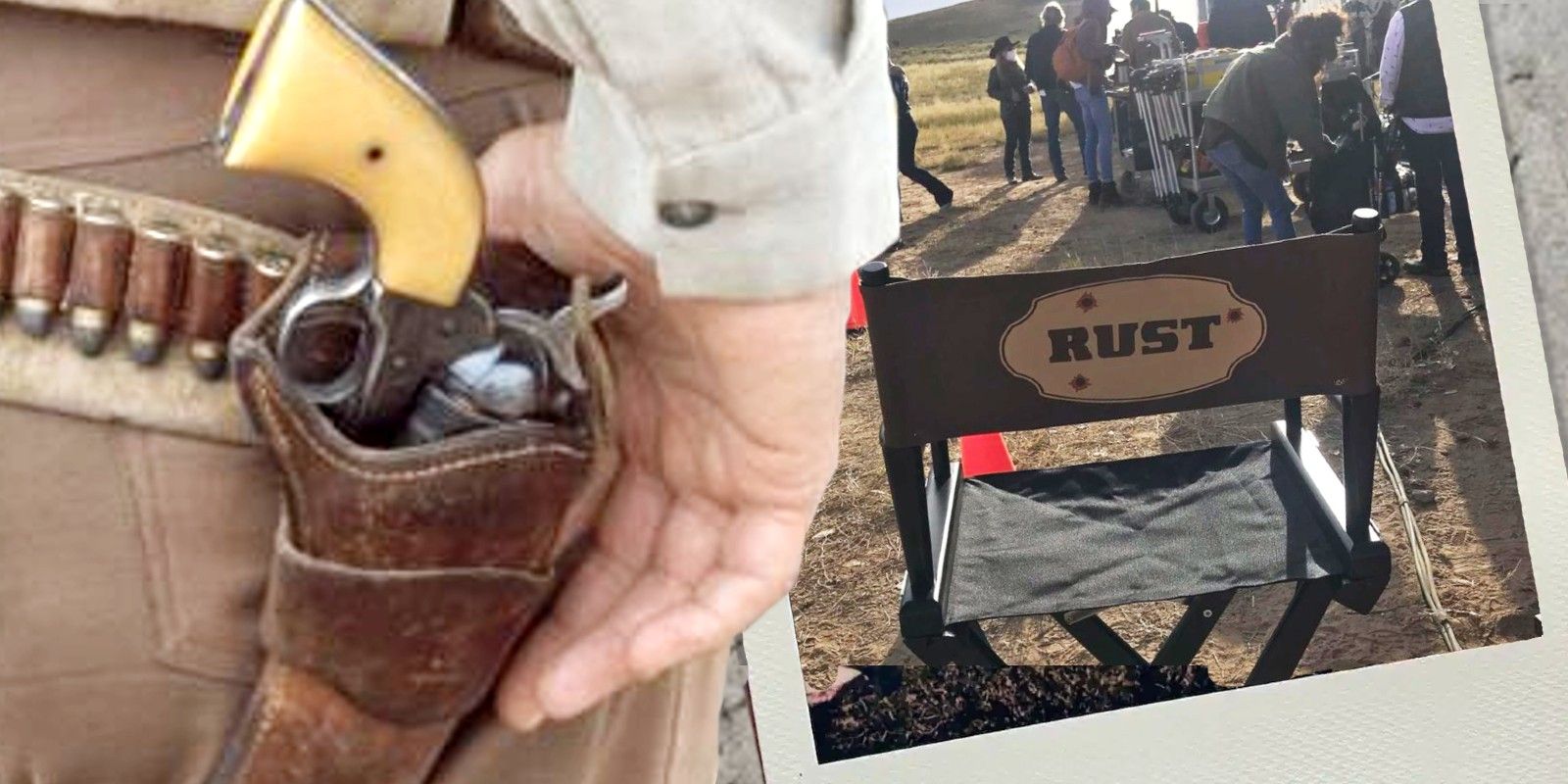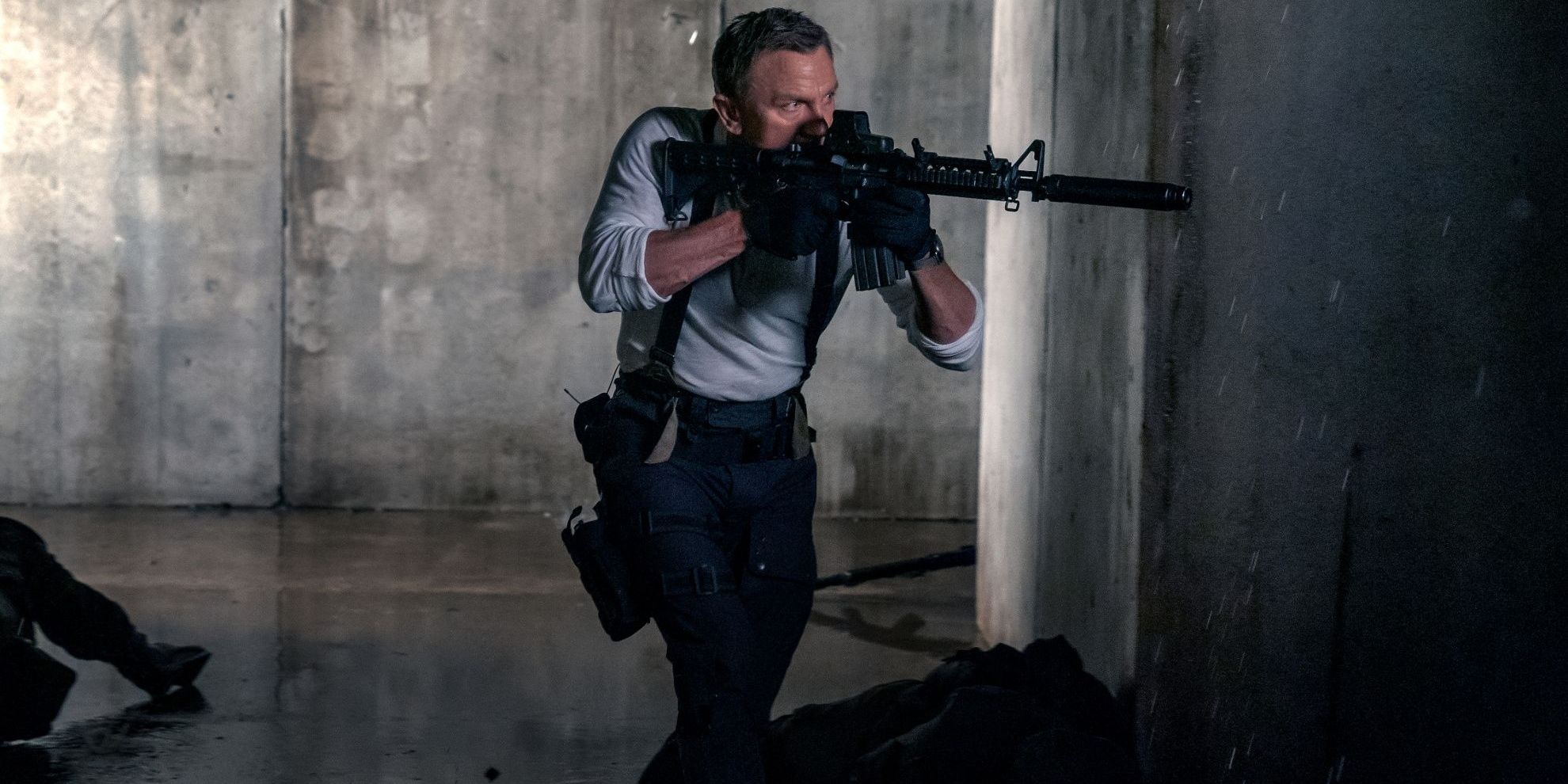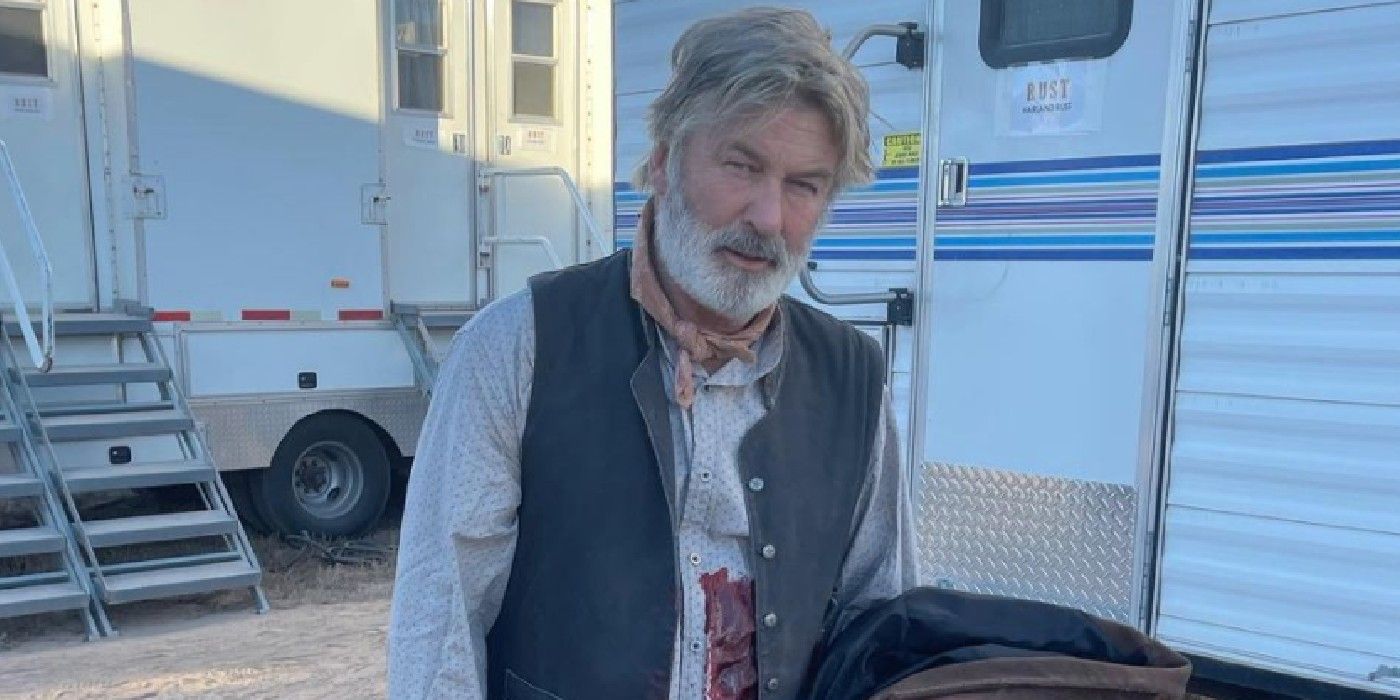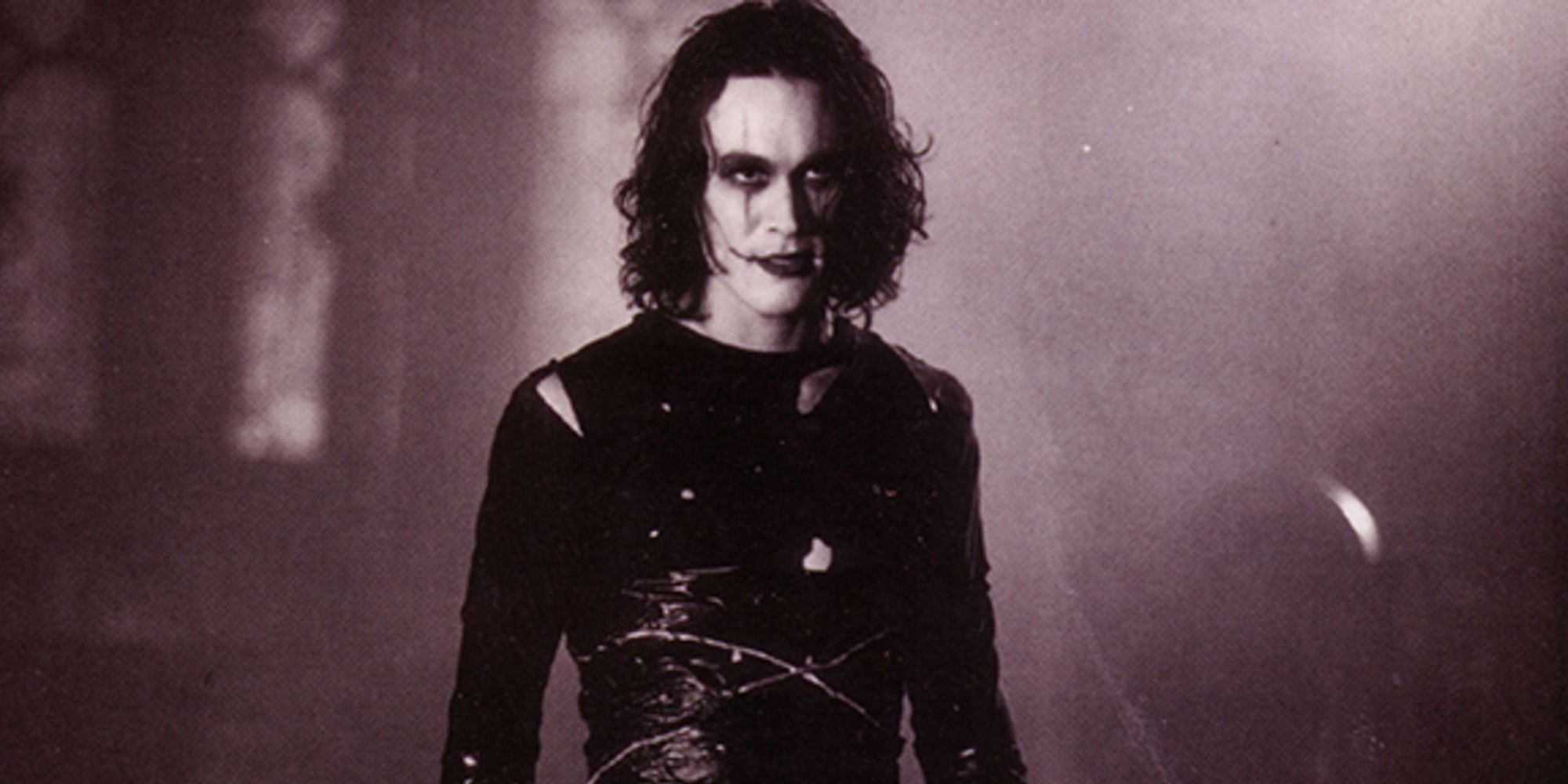After the tragic accident on the set of Rust this week, questions are being asked over why prop guns can be lethal. Given their intent to imitate rather than replicate real firearms, it seems as though it should be impossible for them to do serious damage. However, as several disastrous incidents in cinematic history prove, they aren't always as safe as they should be.
Prop guns are once again at the center of attention after Rust cinematographer Halyna Hutchins was sadly killed after an accident on set. According to witnesses, the incident occurred as Baldwin was filming a shootout scene for the new movie – a western which ironically chronicles the accidental death of a rancher. Both Hutchins and the film's director, Joel Souza, were hurt in the incident, with the 42-year-old director of photography ultimately passing away. Baldwin himself was confirmed to have been in control of the prop gun at the time and has since released a statement on Twitter, in which he expressed his "shock and sadness regarding the tragic accident that took the life of Halyna Hutchins". Production of the film itself has now been halted.
Although accidents involving prop guns are thankfully few and far between, the history of cinema is littered with tragic examples. From the recent death of Halyna Hutchins to the infamous killing of Brandon Lee on the set of The Crow, such incidents understandably spark significant public interest and raise serious questions about how film crews maintain safety standards on set. While measures are always taken to ensure that actors are not firing live ammunition from actual weaponry at each other, these occurrences are an important reminder that even so-called prop guns still carry substantial risk and need to be treated with respect. Here's why, despite their innocuous-sounding name, prop guns can still be dangerous.
Why Prop Guns Are Different To Real Guns
Broadly speaking, there are two types of prop guns used on film sets. One category is a prop in the truest sense of the word – an entirely fake replica made to look exactly like the real thing for the purposes of fooling an audience. However, although undoubtedly safer, there are drawbacks to using this kind of prop. For instance, completely fake replacements understandably lack the weight, feel and even the look of the real thing, making it more difficult for both the audience and actors to believe what's happening on screen.
As a result, film and TV sets will often use real guns as so-called props, while taking steps to ensure that they are as safe as possible. Not only do these stand-ins have the same heft as an ordinary firearm, but they can also be loaded with special ammunition – known as blanks – in order to recreate the sights and sounds of a normal gun being fired. Because of this added authenticity, real guns are often employed on set under the direct supervision of trained professionals and safety experts. However, because of the potentially lethal capability of any real gun, regardless of what's being fired from it, this approach can be significantly more dangerous than using a fake.
How Dangerous Are Prop Guns?
Thanks to rigorous safety measures and warnings from history, incidents involving prop guns are incredibly rare. However, because of the inherent risk of using an actual firearm, accidents on set do happen, even with the use of blanks in place of live ammunition. Blanks themselves only differ from ordinary rounds because of the absence of a bullet. In order to recreate the sound, muzzle flash, and recoil seen when firing a normal weapon, blank rounds still feature the cartridge casing and gunpowder, meaning that only the projectile itself is missing. This means that, if you're close enough to your target, the force of the blank discharging is still substantial enough to do some serious damage.
There are other risks associated with prop guns, besides blanks. Whenever a real weapon is involved that theoretically has the capacity to fire a lethal round, there is always the potential for any fault to have serious consequences. In some cases, for instance, debris can make its way into a gun barrel, which can, in turn, be discharged by firing a blank. The reality is that, wherever potentially lethal firearms are concerned, there is always an inherent risk.
In order to ensure safety on set, most film shoots involving firearms include an armorer who is responsible for maintaining the weapons and ensuring that every prop gun has been checked for potentially lethal issues. In most cases, the armorer will also be responsible for managing the shoot's firearm inventory, checking weapons in and out to ensure that their presence is monitored at all times. Steps such as these go some way to ensuring that even real firearms are as safe as possible. However, even with precautions such as these in place, accidents can and do happen.
Deaths Caused By Prop Guns
Over the history of cinema, there have been several unfortunate incidents involving prop guns. The most infamous of these is undoubtedly the death of actor Brandon Lee on the set of the dark superhero movie The Crow. During the filming of a scene in which his character is murdered by a group of thugs, Lee was shot from a distance of about 4 meters by a prop gun. However, once the camera stopped rolling and the 28-year-old failed to get to his feet, it became clear that something had gone wrong. In the aftermath, it became clear that the gun involved had been loaded with improperly made dummy rounds which caused a bullet to become lodged in the barrel of the weapon. The blanks subsequently used in the scene exploded with enough force to discharge the trapped bullet, launching it at Lee and striking him in the abdomen. He was later pronounced dead after six hours of emergency surgery.
Although Lee's is the most notorious death as a result of a prop gun, it is by no means the only occurrence. For example, in 1984, American actor Jon-Erik Hexum became frustrated by delays on the set of the action series Cover Up. After a director decided to reshoot a scene, an exasperated Hexum took a gun loaded with a single blank and spun the chamber. In an imitation of Russian Roulette, he placed the gun against his head and pulled the trigger – supposedly unaware of the danger still inherent in using blanks. The gun discharged, causing enough damage to cause a massive brain hemorrhage. Although doctors were able to keep him alive, he was pronounced brain-dead six days later.
Thankfully, incidents such as these remain few and far between. However, as the devastating news from the set of Rust this week proves, the modern film industry can still be fraught with peril. Understandably, many are now calling into question the continued practice of using blanks, given the inherent risks involved. After such a public incident, it remains to be seen whether action will be taken.




